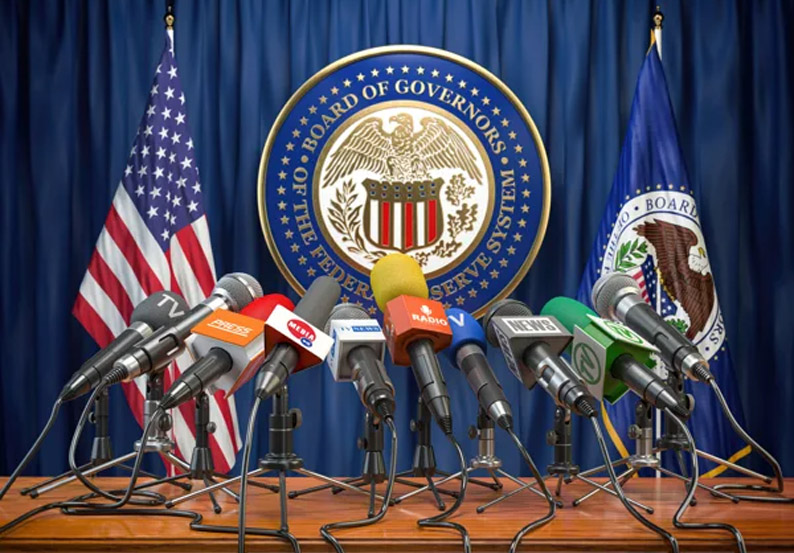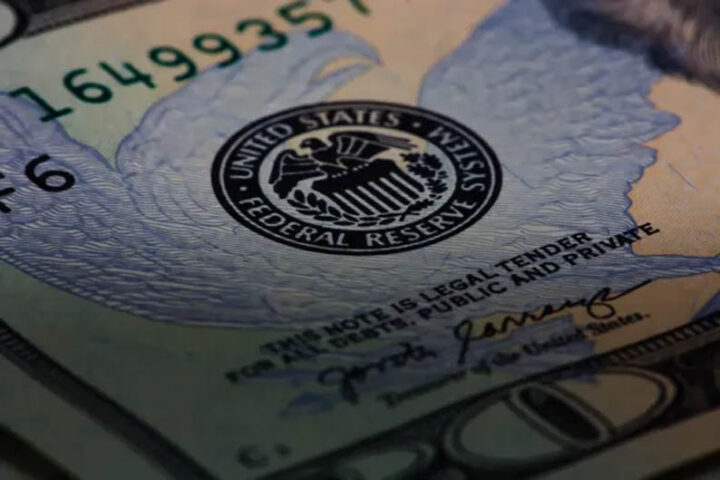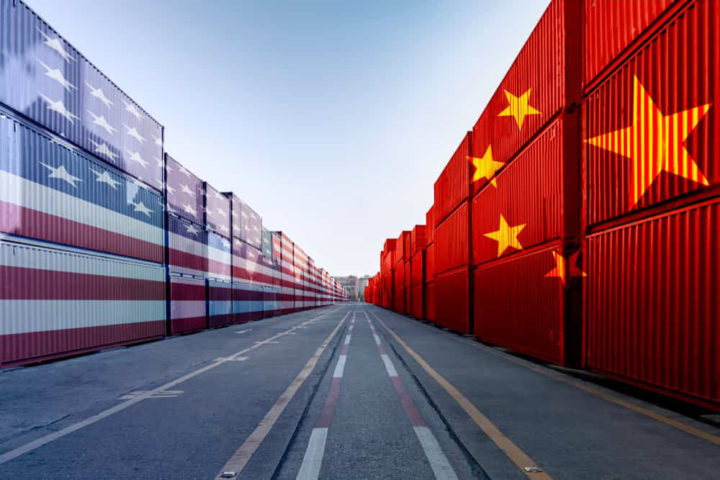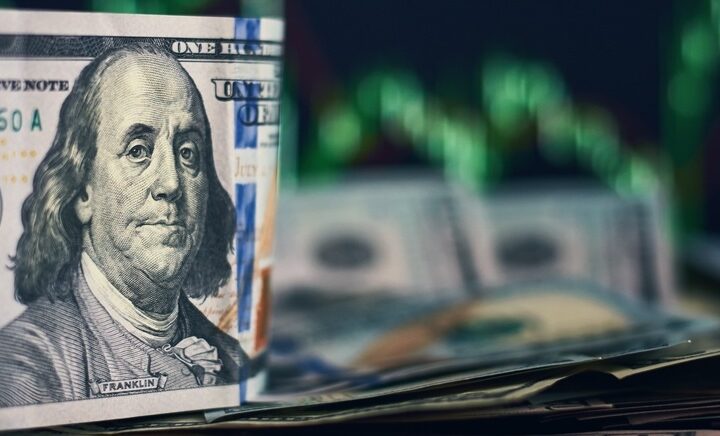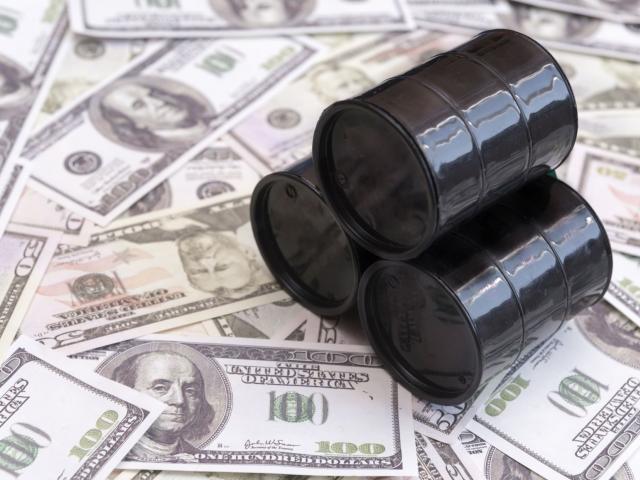The Federal Reserve resisted mounting pressure from President Trump and kept interest rates unchanged as investors brace for what may come next: a pro-Trump successor at the helm of the world’s most powerful central bank.
Financial advisory giant deVere Group said the U.S. central bank’s decision was the right one, warning that cutting too soon could have backfired badly and pushed long-term borrowing costs higher, not lower.
“Trump wants a full-point rate cut to offset the damage from his own tariffs,” said deVere Group CEO Nigel Green.
“But if the Fed delivers prematurely, markets will punish that kind of political submission. Long yields could spike, and the cost of capital could rise across the board.”
May inflation data showed some easing; headline CPI dipped to 2.4% and core to 2.8%, but this was not enough for the Fed to justify a move. Wage growth remains resilient, household consumption is firm, and services inflation is still uncomfortably sticky.
“The Fed is right to stay on hold,” said Green. “The disinflation trend is fragile, the tariff shock is still working its way through, and rate cuts in this environment would send the wrong message.”
Tensions hit a new peak on Wednesday morning, hours before the Fed decision, when President Trump launched a personal attack on Chair Jerome Powell during an impromptu press briefing on the South Lawn of the White House.
Speaking beside a new row of flagpoles unveiled as part of a symbolic national display ahead of what the president described as a “potential war with Iran,” Trump again blamed the Fed for slowing the economy and accused Powell of incompetence.
“We’re doing well. Well as a country, if the Fed would ever lower rates, you know, we’d buy debt for a lot less,” he told reporters. “Do you ever have a guy that’s not a smart person and you’re dealing with him and you have to deal? He’s not a smart guy.”
deVere points to sharp movements in the yield curve as a warning sign. The 2-year/30-year spread is now at its widest since early 2022. Investors are demanding more compensation to hold long-dated Treasuries amid growing concern about inflation credibility, surging debt issuance, and the creeping politicisation of the Fed.
Re-pricing of risk
“What we’re seeing now is a re-pricing of long-term risk,” said Green. “If the Fed signals it’s willing to bow to political pressure, it damages its ability to anchor expectations and yields will move accordingly.”
The decision to hold rates came against the backdrop of Trump’s increasingly aggressive demands for looser monetary policy and his influence over the next central bank leadership decision. Powell’s term ends in May, and markets are already positioning for a successor who may align with Trump’s low-rate preference.
“There’s growing conviction among investors that Powell will be replaced by a Trump ally, someone far more comfortable with slashing rates,” said the deVere founder and CEO.
“That’s why we’re seeing futures traders amass record bets on cuts from mid-2025 onward. This is no longer just about the data, it’s about who controls the Fed next.”
Green warned this shift could drive speculative positioning, trigger bond market volatility, and introduce a fresh wave of uncertainty into global asset pricing.
“This is becoming a strategy,” he said. “Investors are beginning to front-run a potential political pivot in monetary policy. That’s a real risk and one that requires attention now, not later.”
Trump’s new tariffs — branded “Liberation Day” by his administration — are also adding to the Fed’s dilemma. A federal court last week allowed them to remain in force while a broader legal review unfolds.
“These tariffs are inherently inflationary,” said the deVere chief executive. “They act like a consumption tax, hit supply chains, and reduce household spending power. They are fiscal tightening tools disguised as economic nationalism and they are making the Fed’s job more complex.”
Looking ahead, deVere sees a potential rate cut in the autumn, but insists the bar remains high.
“September is still possible, but it would take a lot to get there,” explained Green.
“We’d need a decisive drop in core inflation, weaker jobs data, and some de-escalation of the tariff effect. Until then, the Fed will stay cautious.”
In the meantime, deVere advises investors to prepare for more volatility and to prioritise global balance and yield resilience.
“Portfolios need to be built around assets with pricing power, international reach, and low exposure to rising real rates,” Green concluded.
“The Fed held steady today. That was the right call for now. But what comes next may be less about economic logic and more about who holds the pen.”

